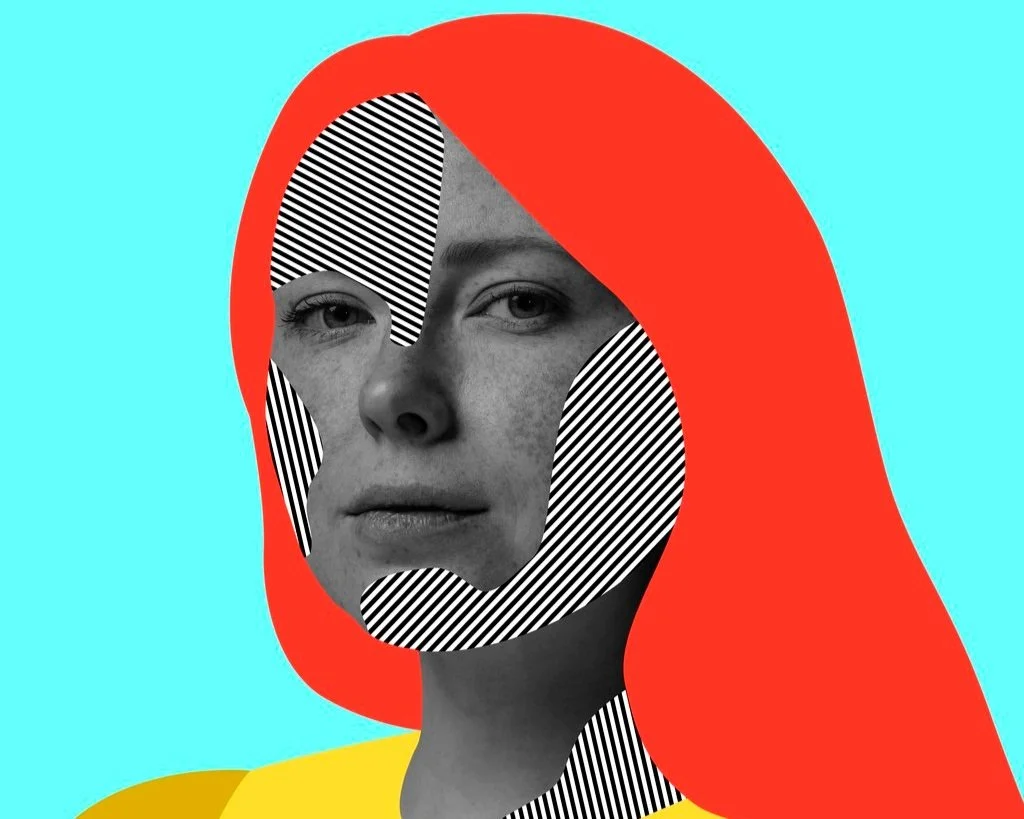The personalisation problem: why the next generation needs a whole new approach
Source iStock
What will university marketing look like in five years? And what will universities look like?
Current trends suggest the university experience could look very different from how it does at present, and very different for each student and potential applicant.
That’s due to the rise of personalisation. It’s a process that is already in motion, and one that is predicted to be an expected standard by the time Generation A comes to apply.
So what does this mean for marketing teams?
For Kenon Man, deputy director of marketing at the University of Nottingham, the move towards greater personalisation represents a sea change in student communication, and one that can’t come soon enough.
“We're going through a digital transformation project, so hopefully that will help in terms of data and segmenting our students so we can personalise and communicate and engage with them better,” he says. “Our comms at the moment are very homogenous. It's basically either informative or transactional, so telling people how to apply and when to apply, or look how brilliant our courses are, or look at our campuses.
“With Generation Z and obviously Generation A coming up, we need to be more personalised and acknowledge that students' needs are unique. And we can't do that at the moment because we are limited by our tech.”
Kenon Man, University of Nottingham
The days of a general marketing campaign are over, he continues, with all comms now needing to be “nuanced or adapted” to meet the needs of the different groups they’re addressing. And so, he predicts, we are likely to see “universities really looking at their marketing technology to ensure that they can deliver that”.
A personalised approach
That’s certainly what’s happening at Leeds Beckett University, explains Charlotte Renwick, director of marketing, recruitment and admissions (acting).
“University websites are insanely complex because we have so many different stakeholders and so many different needs, so generally there's not a really personalised experience,” she says.
But the university is working on implementing a system that will link the customer relationship management (CRM) software with the website, enabling the two to work together in an intelligent, proactive way. She gives the example of applicants who may have disabilities.
At present, she continues, the university has to rely on that applicant going through the application process, declaring their disability, and then having a session booked to talk about the various types of assistance that can be accessed. A personalised approach, however, could look quite different.
“So if that person has been looking at the disability pages and that feeds into their CRM record, even if they haven't told us, we can say: ‘They spent seven minutes looking at these pages, so let's drop them a line and just see whether they might be interested in receiving disability support and what type of support their web browsing tells us they may benefit from.”
But Emma Leech, (former) director of marketing and communications at Nottingham Trent University, sounds a word of warning about the “absolute personalisation” approach.
“The flip side is that there’s a little bit of danger because you can personalise and then it becomes like Amazon, where you bought a fly fishing book for your granddad and Amazon has now decided that you want to buy that for forever,”
Emma Leech
“So you could be taking people down a particular rabbit hole without maybe allowing them to do lots of exploration. And sometimes they will just be looking at things on a whim. It's also interesting to think about privacy and how much data people are going to want to give us.”
Data rich approach
This is also a key concern for Kenon Man and his team as they move towards a more data-rich approach.
“The understanding of personalisation at the moment is very on the surface,” he says. “But as Gen A comes up, we have to try to navigate what that actually means from a privacy point of view. How do we keep that information safe?
“And there’s the question of what does hyper personalisation actually mean. Is it literally the entire comms journey to one person? Or is it to a particular group of people? I think there will need to be a lot of unpacking of what that actually means for marketing teams.”

